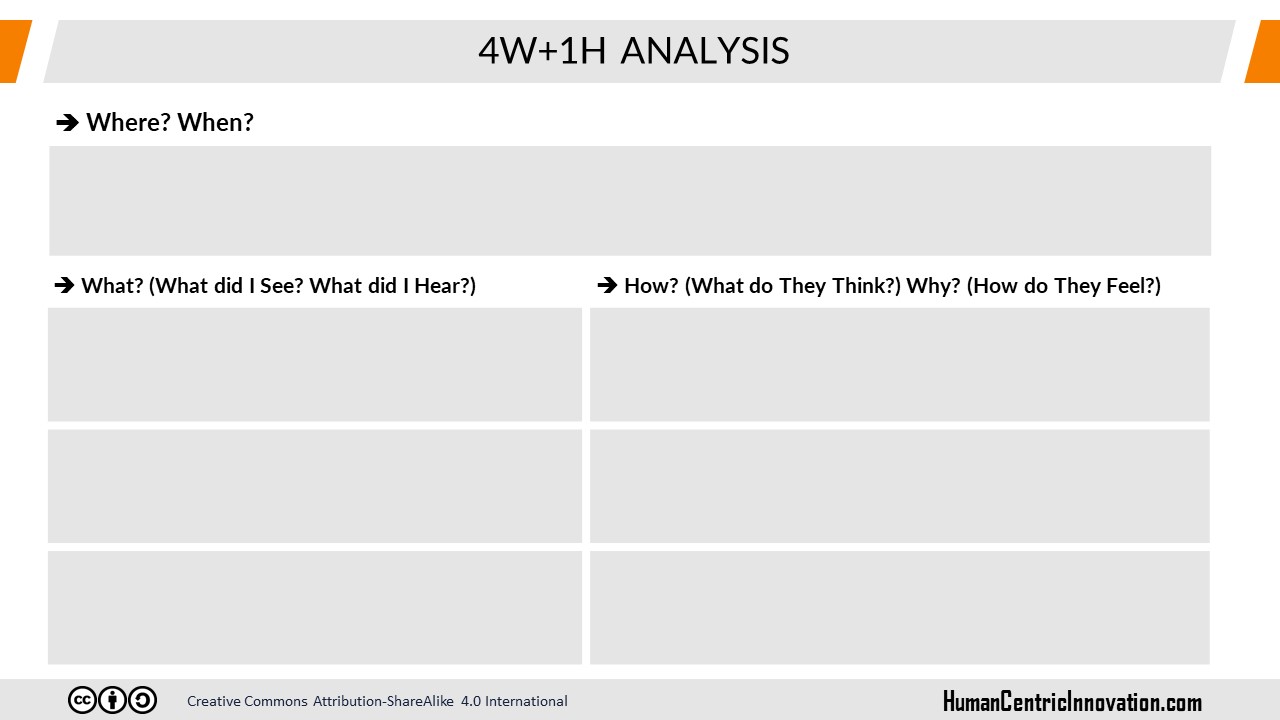HCI SYSTEM > TOOLSET
Field Research
Field research is the process of gathering qualitative and quantitative data about a group of people in its natural environment. It can be conducted for two purposes:
- To explore needs without a specific goal in mind.
- To gain in-depth insights about a specific population or a need
How It Works?
Step 1
Plan Your Research
If you are conducting a general exploratory study, you may not need a detailed plan on how and where to conduct your research. Mixing with people, focusing on activities where people invest the most time or money, and using field research tools at a superficial level should suffice.Pain points in tasks where large populations invest time or money can offer valuable innovation opportunities. However, it's essential not to overlook the activities of small groups that may seem exceptional or outliers. Pursuing these exceptional activities may lead you to the hidden needs of larger populations.
If you have identified a specific need and aim to gain deep insights about it, a more systematic approach must be followed. First, you should focus on the context, discourse, and behaviors related with that need. Examining them will provide you many clues for understanding the emotions and thoughts of the relevant audience. In this way you will be able to decode the need system of the target audience and predict the experience they might desire around that need.
In order to plan your field research for gaining deep insight, follow these steps: First, transfer the questions identified during the auxiliary research phase onto sticky notes, prioritize them, and place them on a wall. Then, group similar questions together and determine the appropriate set of field research tools ( interview, observation, and active participation) for each group. Unfortunately, it is difficult to define rules for tool selection; therefore the research team should choose the most suitable tool intuitively based on the subject, context, and target audience. Here are some hints:
- If your research topic is a sensitive one, about which the target audience find it challenging to express themselves, consider active participation.
- If you have difficulties in engaging with your target audience in your target context, consider recruiting some of the people from the target audience to interview or observe the others.
- Research context-specific questions through active participation and observation.
- As for significant questions, you should combine interview and observation tools and check your findings from different channels
Login or register for free to get the full content.

